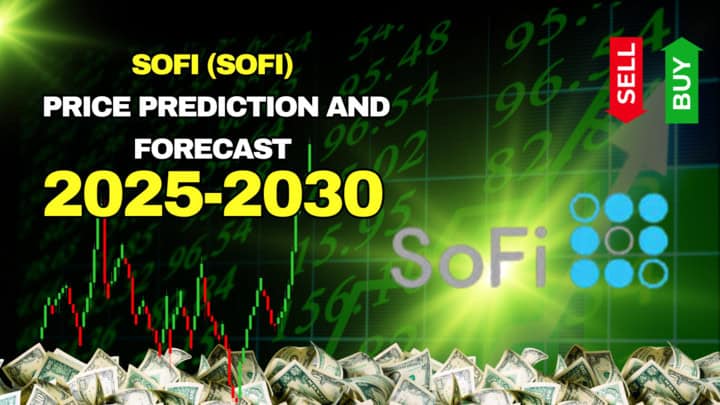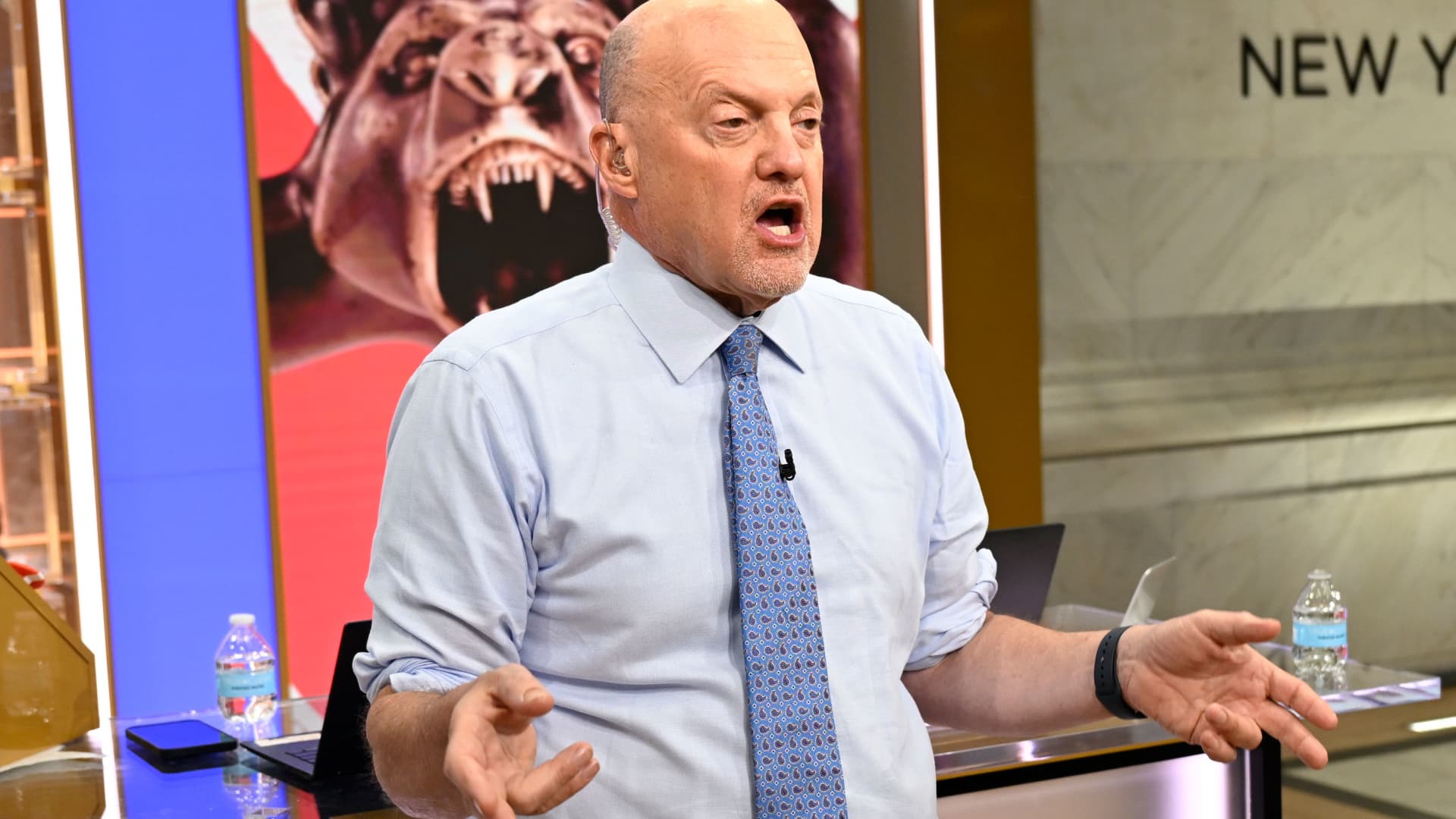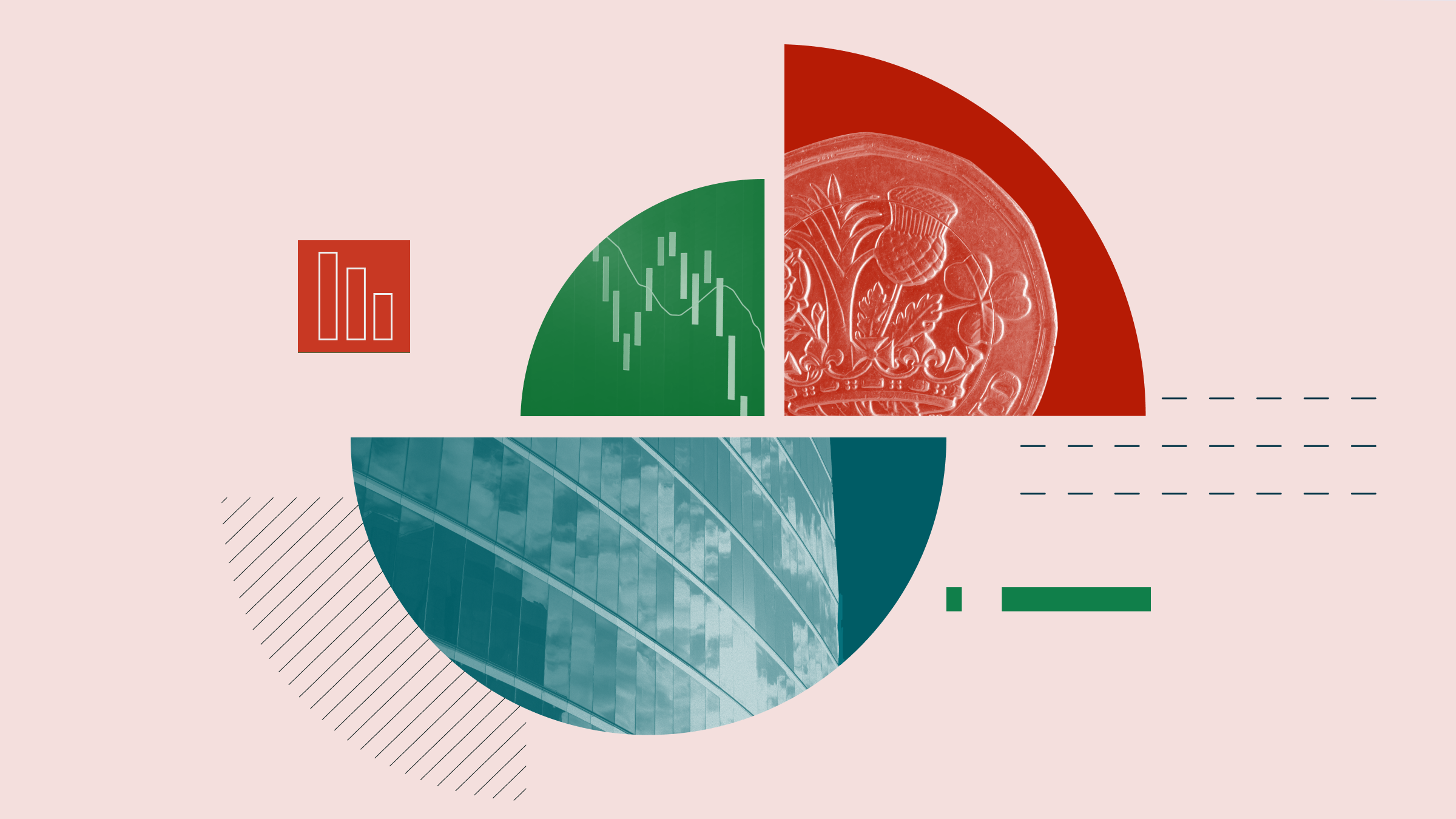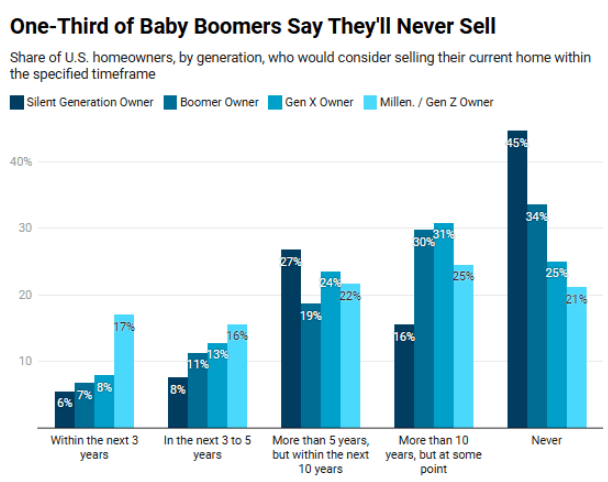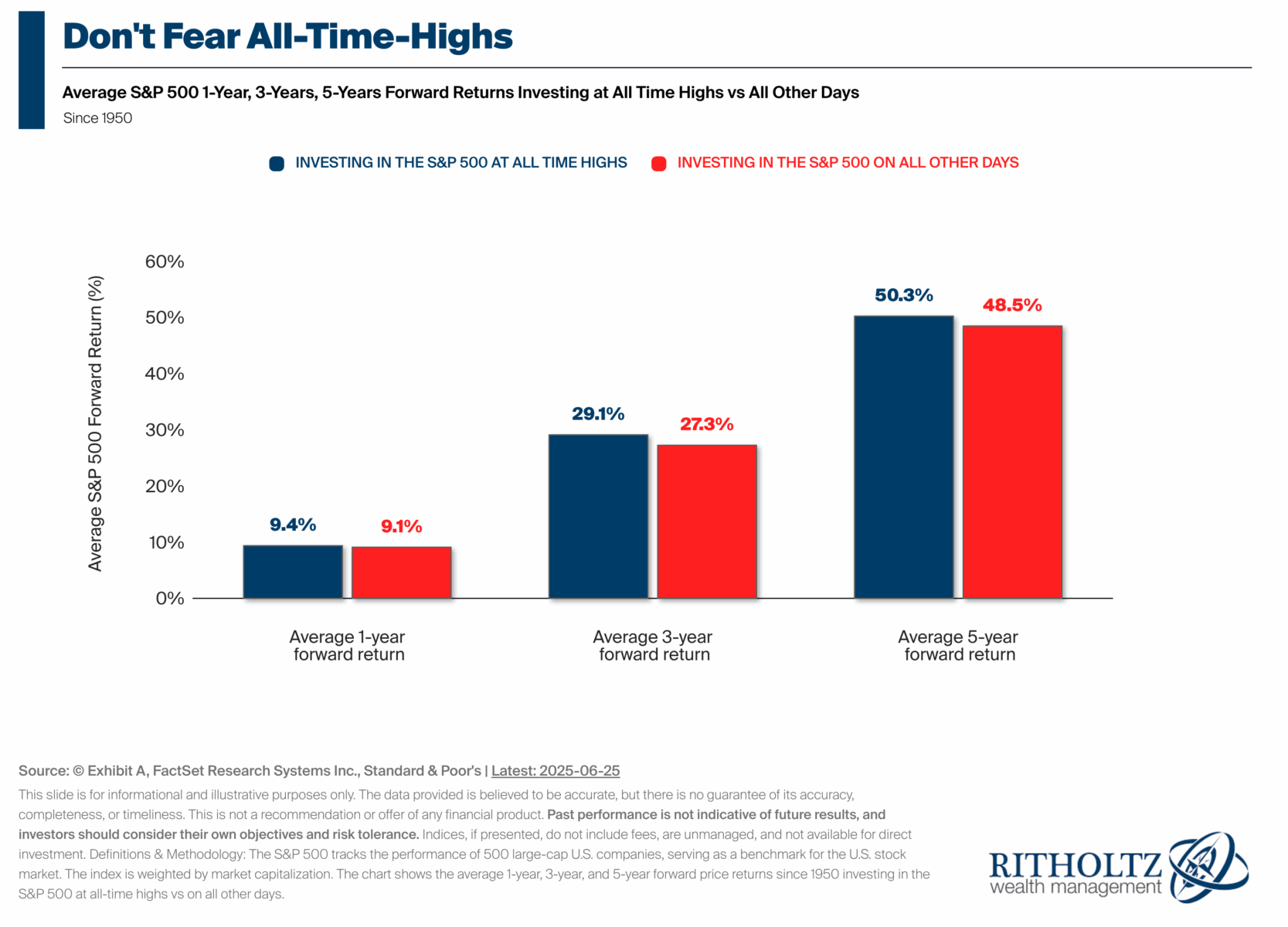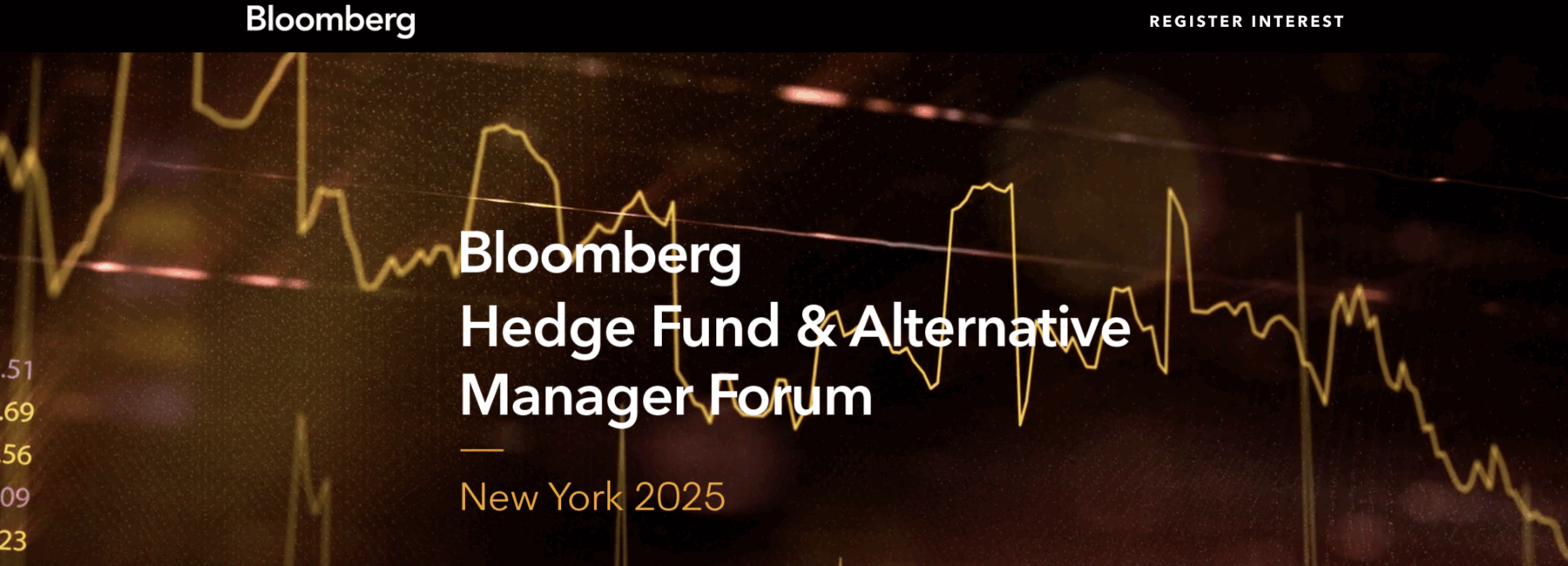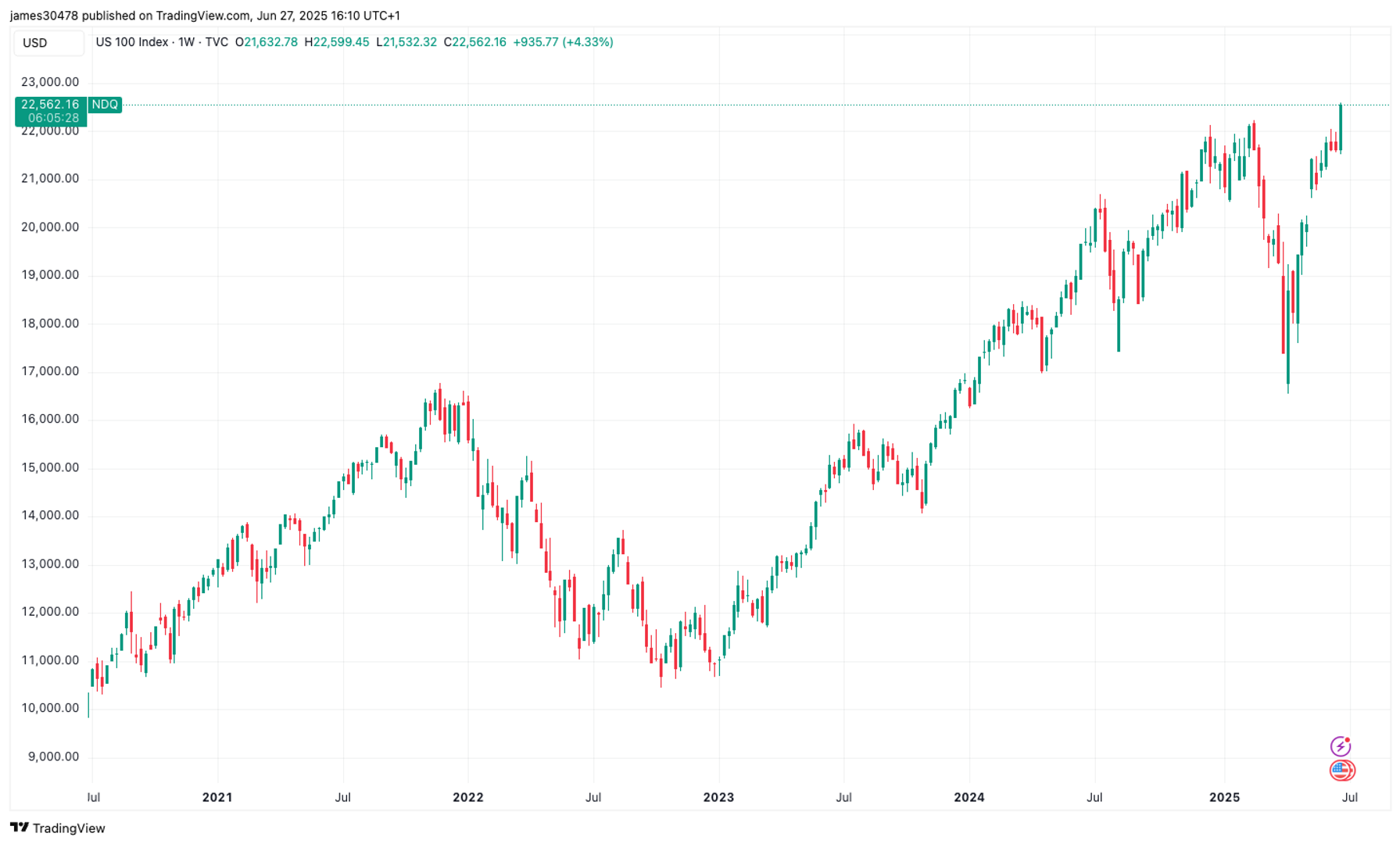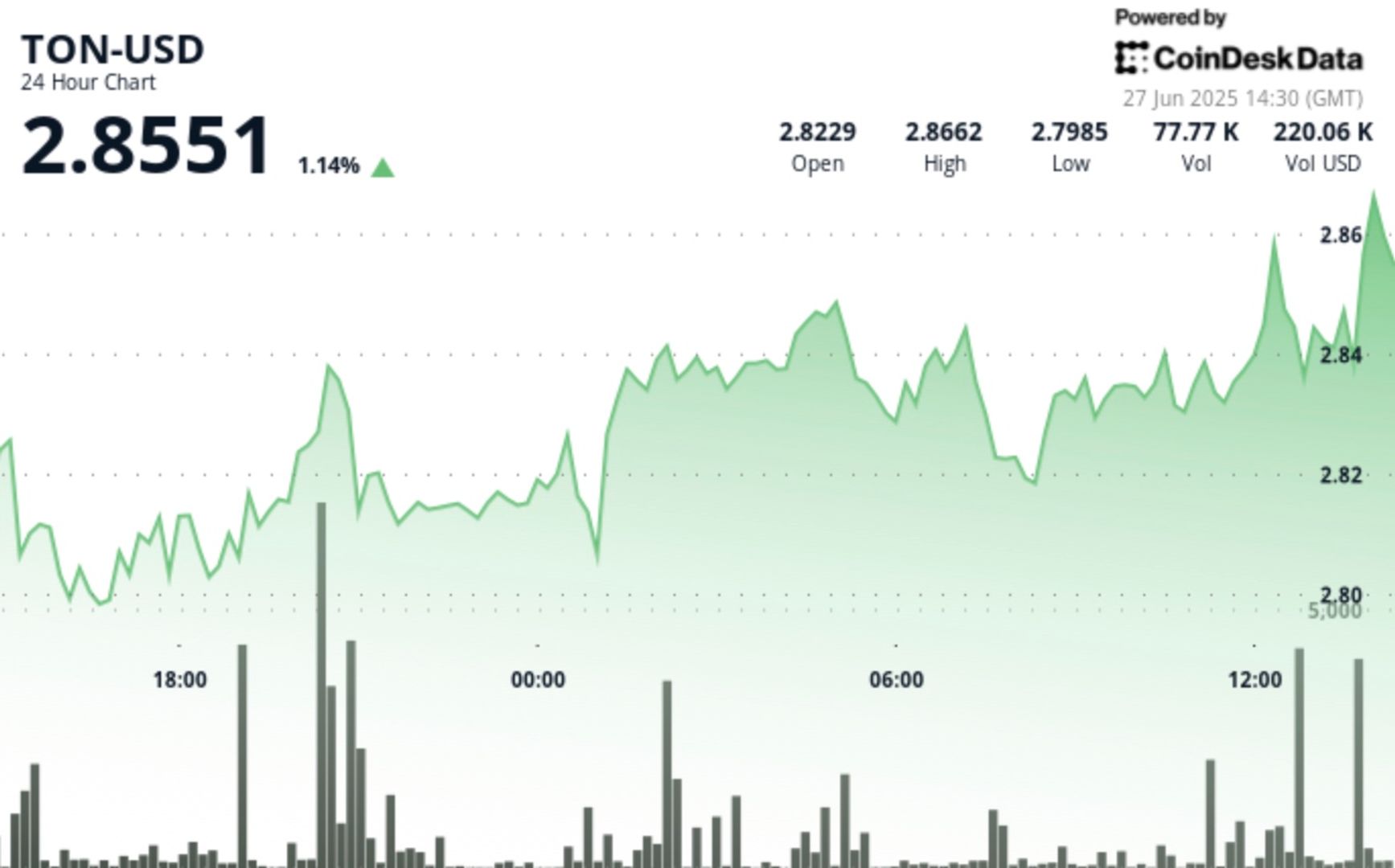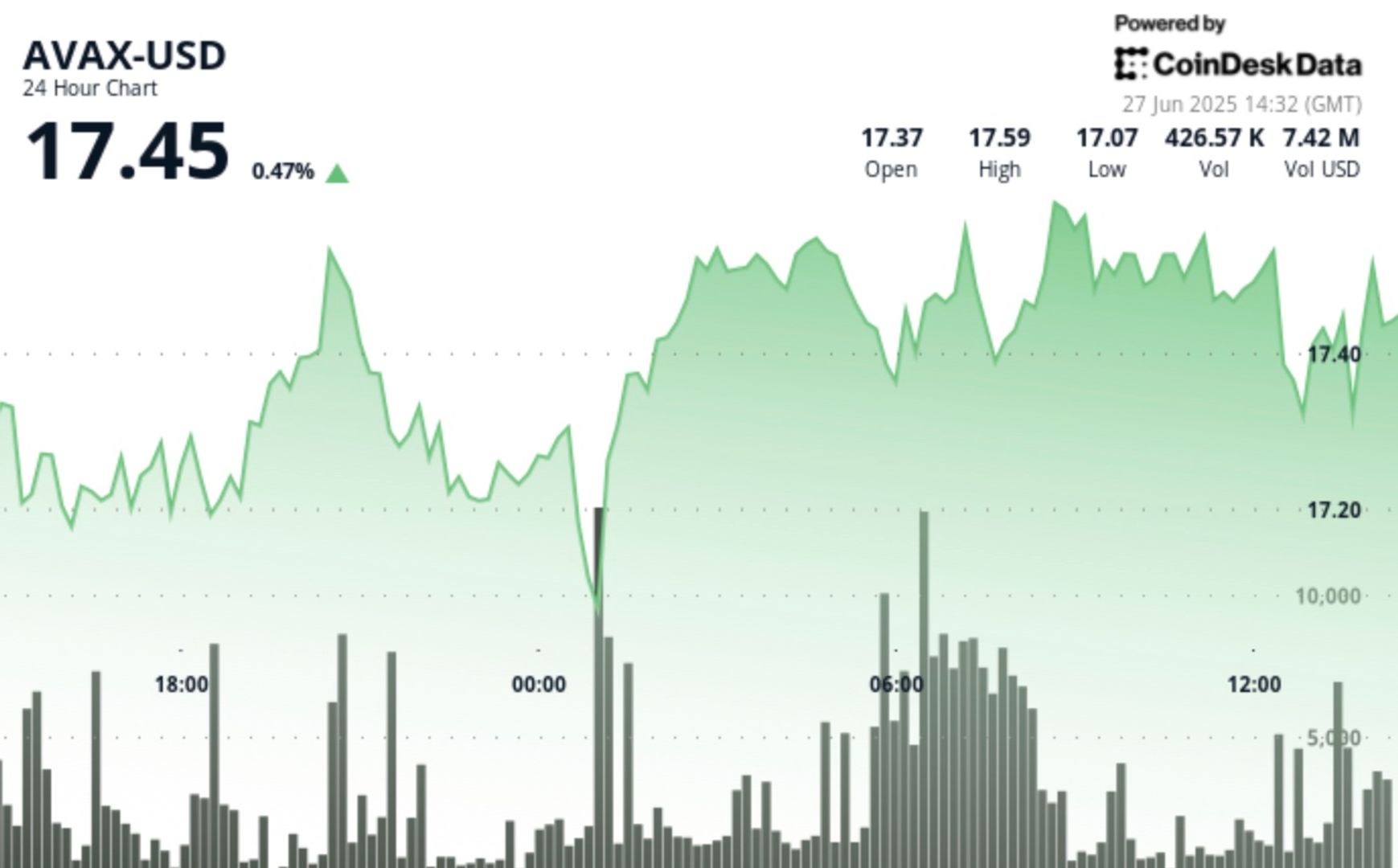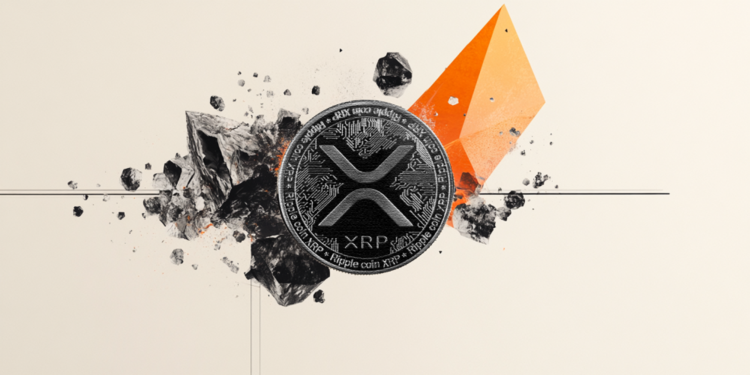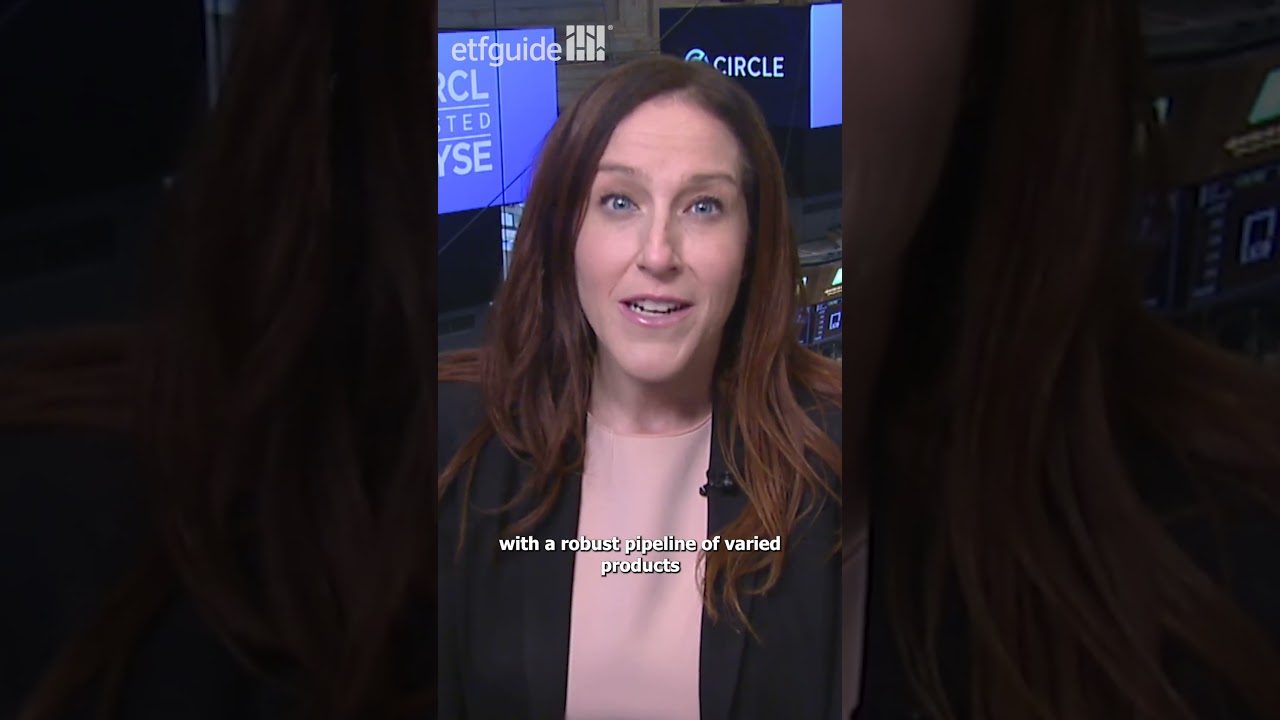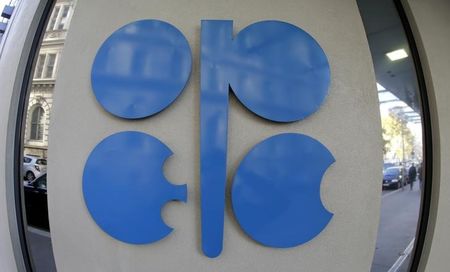YMAX vs. VIG: Supercharged Yield or Slow-and-Steady Dividend Growth — What’s the Better Bet
YieldMax is well-known for offering various ETFs that use covered calls to produce tremendous yields for their investors. YieldMax Universe Fund of Option Income ETFs (NYSEARCA:YMAX) holds all of YieldMax’s options ETFs and rebalances the portfolio each month to ensure even distribution. The fund currently has 32 holdings. While a high yield may look enticing, […] The post YMAX vs. VIG: Supercharged Yield or Slow-and-Steady Dividend Growth — What’s the Better Bet appeared first on 24/7 Wall St..
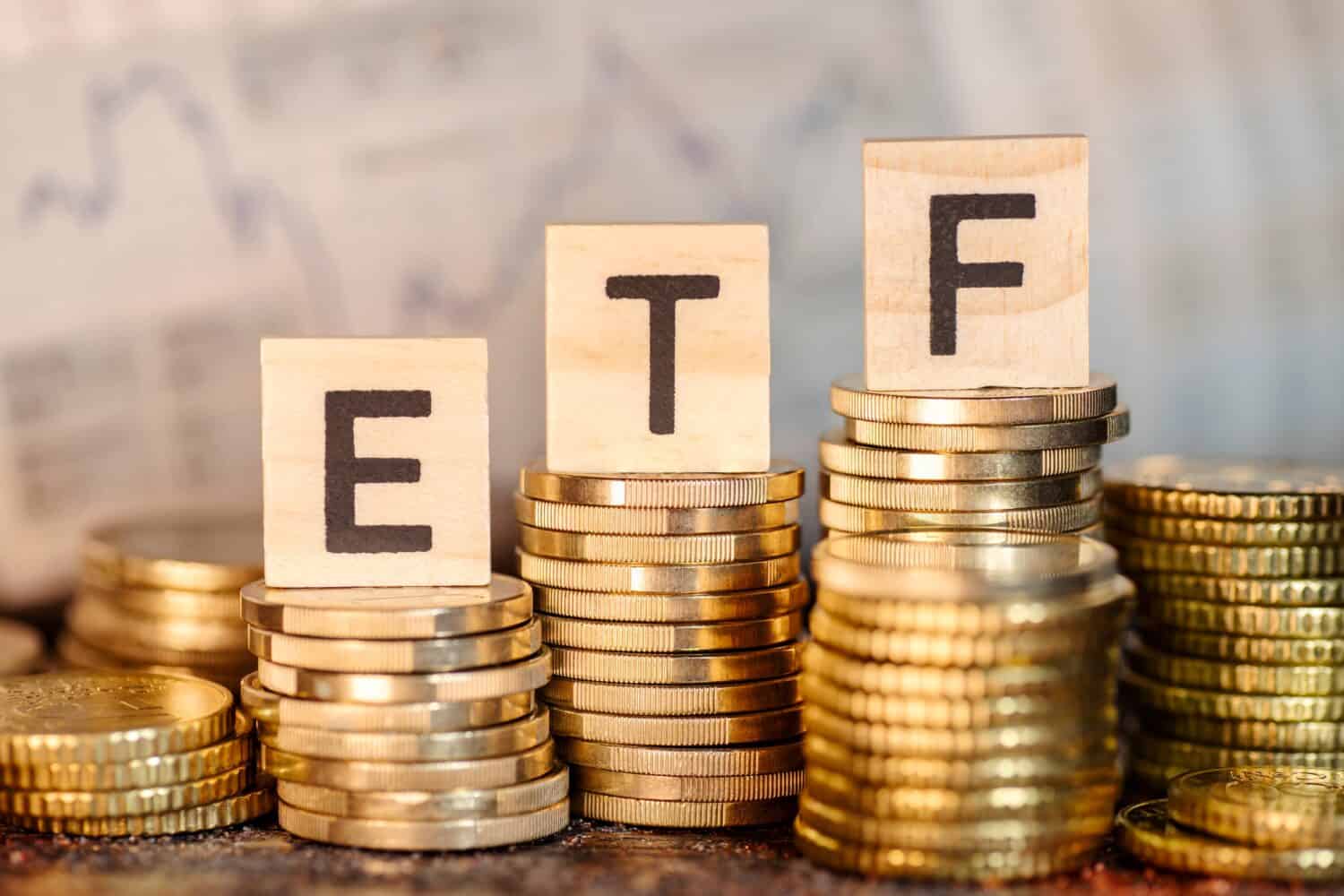
YieldMax is well-known for offering various ETFs that use covered calls to produce tremendous yields for their investors. YieldMax Universe Fund of Option Income ETFs (NYSEARCA:YMAX) holds all of YieldMax’s options ETFs and rebalances the portfolio each month to ensure even distribution. The fund currently has 32 holdings.
While a high yield may look enticing, it doesn’t tell the entire story. Investors also have to consider total returns. Not every top-performing fund promises a high yield. For instance, the Vanguard Dividend Appreciation Index Fund ETF (NYSEARCA:VIG) has delivered some solid long-term returns while offering a 1.69% yield.
This analysis will compare YMAX and VIG based on their yields, portfolios, returns, and other details to determine which fund is the better choice.
Key Points
-
YMAX and VIG are competitive ETFs that deliver income for their investors.
-
YMAX is more suitable for tax-advantaged retirement accounts, while VIG is better for brokerage accounts.
-
Are you ahead, or behind on retirement? SmartAsset’s free tool can match you with a financial advisor in minutes to help you answer that today. Each advisor has been carefully vetted, and must act in your best interests. Don’t waste another minute; get started by clicking here.(Sponsor)
Historical Returns

VIG’s 1.69% yield has been a useful resource that has contributed to the fund’s annualized 13.8% return over the past five years. It’s also up by 12.0% over the past year.
YMAX has only been around since January 16, 2024, so we don’t have annualized returns over the past five years. The fund delivered a 17.0% return over the past year, with an 88.5% SEC yield doing most of the heavy lifting. The fund is down by roughly 20% year-to-date, so it depends on cash distributions to generate a positive return.
While YMAX has a higher return on paper, there are two key problems to consider. The first issue is the expense ratio. YMAX has an absurd 1.32% expense ratio, which is high for any fund, even an actively managed fund. Meanwhile, VIG has a more generous 0.05% expense ratio.
The second problem is that all of YMAX’s cash distributions count as ordinary income when it’s time to pay taxes. You keep a lower percentage of your profits if you use YMAX than VIG. YMAX is optimal in a tax-advantaged retirement account, but you may want to steer clear if you are in a high tax bracket.
Portfolios

Although most of YieldMax’s ETFs only focus on one stock and its corresponding covered calls, YMAX is actually a diversified fund since it has a collection of YieldMax ETFs. The fund has 32 holdings and evenly distributes its capital among those assets. Roughly 30% of its assets are in the tech industry, and most of its stocks are trendy picks instead of mature companies.
YMAX caters to investors who like growth stocks but also want a high yield with no additional work. VIG also has growth stocks in its portfolio, especially within its top 10 holdings. However, this ETF has more than 300 stocks, which makes the growth positions less concentrated. Tech and financial services are heavily represented, making up close to half of the fund’s total assets.
VIG is more diversified, but YMAX also has sufficient diversification for most investors. Even with all of the diversification, both funds prioritize the tech sector.
The Verdict

YMAX may make more sense for investors who can put their shares in a tax-advantaged retirement account. However, VIG lets you keep a higher percentage of your capital since you don’t generate a significant taxable event with your shares. VIG also has a more established track record, which may make it a more appealing choice for most investors.
The post YMAX vs. VIG: Supercharged Yield or Slow-and-Steady Dividend Growth — What’s the Better Bet appeared first on 24/7 Wall St..











































